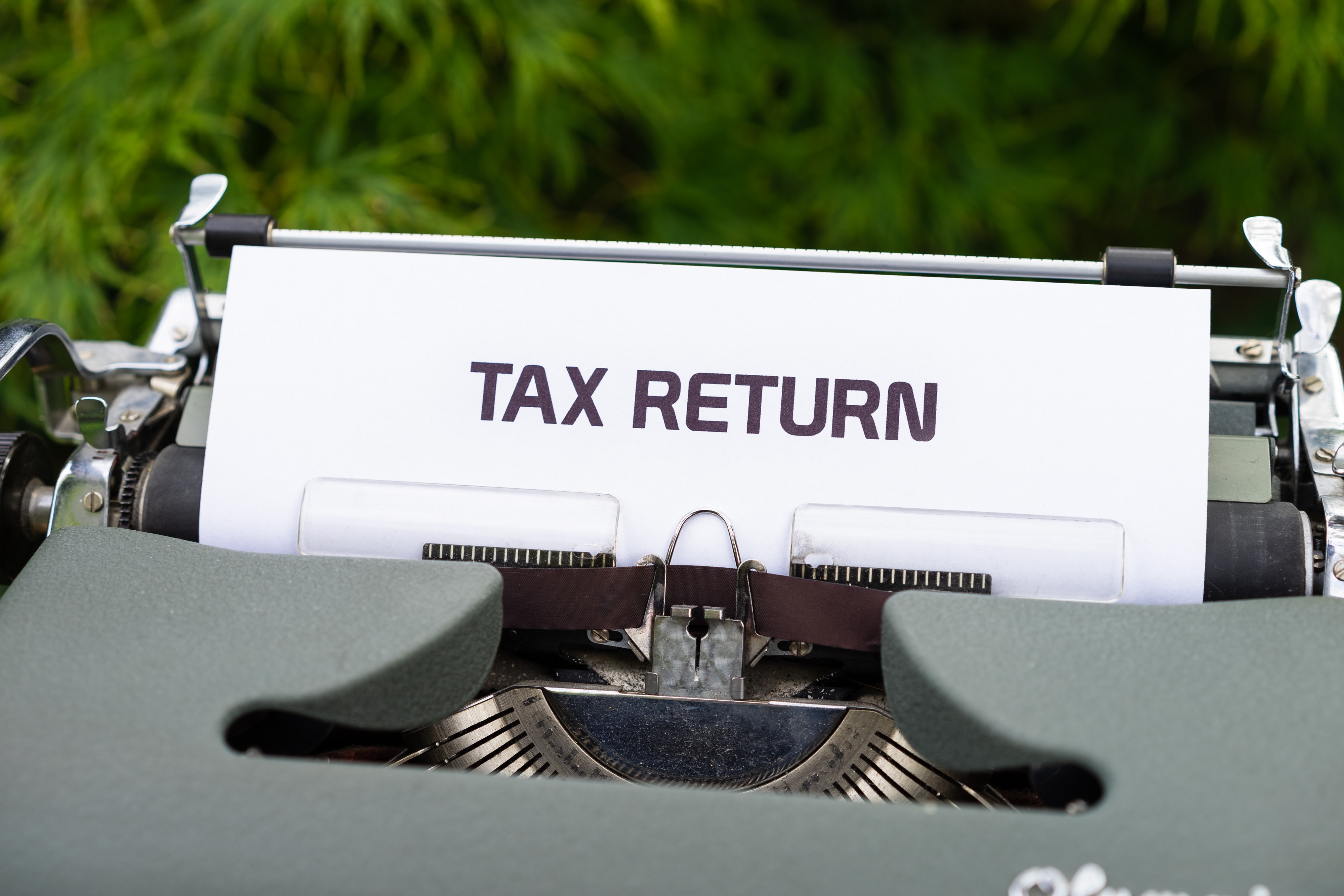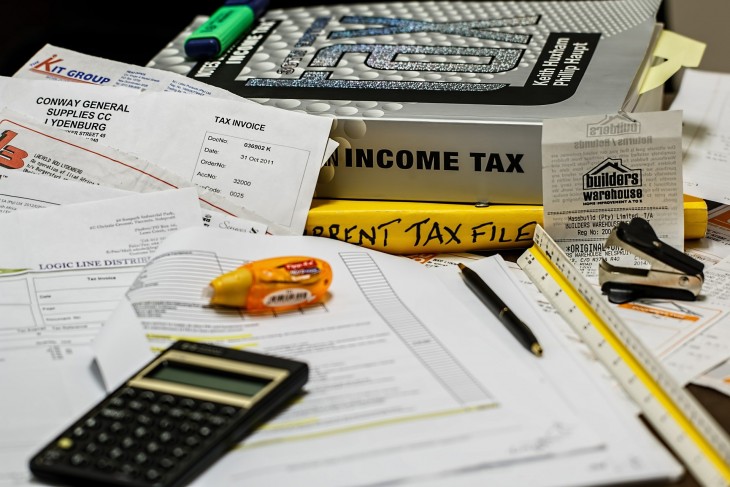If your company provides vehicles or fuel to its employees or directors, these could be classed as Benefits In Kind (BIKs).
BIKs are defined as an item of monetary value provided by a business that is not “wholly, exclusively, and necessary” to perform their duties. This essentially means that the item is also used outside of work. Examples include private healthcare and company cars.
Using this definition, if you have received a vehicle through a company and use it for personal mileage it will be a BIK. If the fuel costs are covered by the employer this is also a BIK.
Calculating Employee Benefits In Kind for Vehicles
When it comes to vehicles, the way the BIK tax owed by employees is calculated depends on the type of vehicle. Recent legislation changes to how vehicles are classified should be considered when assessing how you account for new vehicles.
Vans
Benefits for vans are calculated as flat rates which are multiplied by the individual’s tax band. For 2023/24, the annual Van Benefit charge is £3,960, whilst the Fuel Benefit Charge is £757.
A basic rate (20%) taxpayer would owe:
Van Benefit Charge = 3960*20% = £792
Van Fuel Benefit Charge = 757*20% = £151.40
Total Tax Owed = £943.40
Cars
Calculating the BIK for cars is more complicated as you must use a BIK percentage. This percentage is based on the vehicle’s CO2 emissions (or electric range for hybrid vehicles). The percentage may increase by 4% for diesel cars if they do not meet RDE2 standards. The BIK percentages have been frozen until the 2024/25 tax year.
To calculate the BIK tax on a car, you multiply the list price or P11D value of the car by the BIK percentage, then multiply again by your tax band. The Fuel Benefit for cars is calculated by multiplying the Car Fuel Benefit Multiplier by the BIK percentage, then multiplying again by your tax band. The multiplier for 2023/24 is £27,800. This is set by HMRC for each tax year.
Example
You are a basic rate taxpayer, who had received a non-RDE2 compliant diesel car from your company with a list price of £17,000 and CO2 emissions of 117 g/km. The tax you would pay is as follows:
BIK % = 28+4 = 32%
Annual Benefit In Kind (BIK) Tax = 17000*32%*20% = £1,088
Car Fuel Benefit Charge = £27,800*32%*20% = £1,779.20
Total Tax Owed = £2867.20
Paying for Benefits In Kind – Employers
BIKs are filed by employers using P11D forms. This will account for the benefit by increasing the individual’s salary. Employers will pay a National Insurance Contribution of 13.8% on the value of the BIK. The total BIKs per tax year must be reported by employers using a P11D(b) form, which summarises the benefits provided to all employees during the period. This must be submitted by 6th July following the period. For example, the P11D(b) form for the 2023/24 tax year must be submitted by 6th July 2024.
Paying for Benefits In Kind – Employees
Employees will likely pay for BIKs through their tax code. HMRC will amend the employee’s tax code to allow the tax owed to be deducted from their wages. It can, however, take time for the P11D submission to be processed and therefore you may receive a notice stating you have underpaid your tax for the year. HMRC will collect the due tax via an updated tax code in a future tax year, or by issuing a simple assessment which allows the tax to be paid in one lump sum.
If you have any further questions about how Benefits In Kind apply to your business, or you are unsure of how they affect your tax, contact us for guidance.




Recent Comments